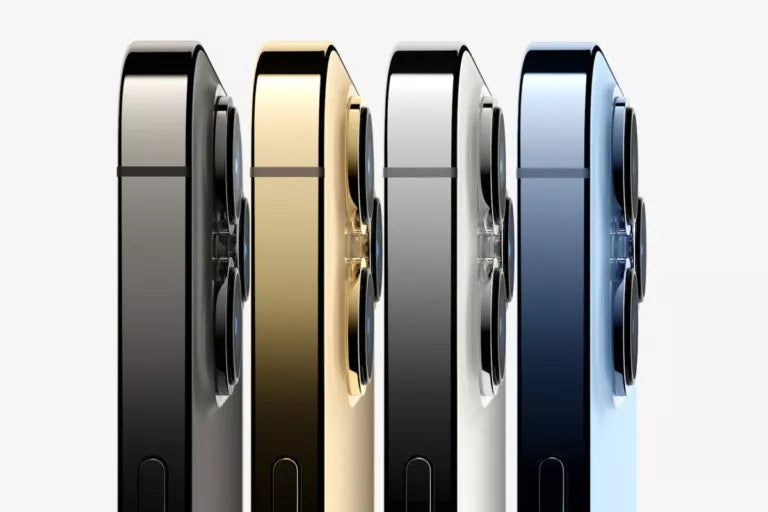
Don’t Forget About Mobile AR
As we roll into 2023, it’s time for our annual ritual of synthesizing the lessons from the past twelve months and formulating the outlook for the next twelve. 2022 was an incremental year for AR & VR, which both continue to gradually push forward in gaining mainstream traction.
Highlights include mobile AR engagement & monetization, continued R&D in AR glasses, and the gradual march of VR. Amidst all this, the last year was also defined by the continued rise of metaverse mania. The hype machine is still in high gear, generating lots of vapor.
To that end, what were the biggest takeaways in 2022 in the wide world of spatial computing? There were many, but we’ll zero in today on the state of mobile AR specifically. Though it’s not AR’s endgame, it’s the modality that today scales on the backs of 3 billion+ smartphones.
Flex Creative Muscles
Our friend and industry watcher Tom Emrich likes to say “Don’t forget about mobile AR.” Acknowledging his own bias as VP of product for a mobile AR company (8th Wall / Niantic), his point is that all the future gazing around AR glasses seems to miss the real business opportunity today.
In other words, Mobile AR scales due to its ability to piggyback on 3 billion+ global smartphones. This is a tradeoff, as it doesn’t achieve AR’s full immersive potential due to a small screen that needs to be held up. But it does achieve the reach that’s required for a real business case.
For example, one of the most popular forms of AR is lenses distributed through social channels like Snapchat. These are not only engaging for users but they’re aligned with brand sponsorship and paid distribution as they involve dimensional product visualization or try-ons.
This category, which we call AR marketing, is a leading AR revenue center, estimated to grow from $4.2 billion in 2021 to $15.1 billion by 2026. User engagement fuels this spending as they turn to AR lenses as a way to enhance activities like media-sharing and enhanced selfies.
Besides being drawn to all those eyeballs, brand marketers are attracted to AR because it lets them flex creative muscles and transcend 2D media where they’ve been confined for years. It also helps that there’s a strong business case shown in ongoing AR performance and ROI.
Naming Names
As for who’s doing what to tap into all that advertiser demand, Snapchat is a clear leader, due mostly to its dedicated focus on AR, and the medium’s alignment with its “camera-company” mission. Meta also looms large with global scale in both Facebook and Instagram.
AR has found fertile soil in the latter, given AR’s alignment with the shopping and product discovery use case that Instagram has cultivated. Meanwhile, TikTok also looms. Its new Effect House AR creation platform could do for TikTok’s AR scale what Lens Studio did for Snap.
Speaking of which, an open (and free) developer platform has become the playbook for scaling AR. This approach effectively crowdsources AR creation and incentivizes developers to build content that drives user engagement… which then attracts brand marketers and ad revenue.
There’s also visual search such as Google Lens and Snap Scan which let users point their phones at objects to identify them. This carries the same high user intent that made web search such a strong business. That user intent will be the foundation for visual search’s monetization.
Beyond AR endpoints, it’s also important to note the ecosystem of enablers. This includes other parts of the AR stack, such as Niantic, as well as Qualcomm’s work with not only AR and VR chipsets (e.g., Snapdragon AR2), but a developer platform (e.g., Snapdragon Spaces).
Credit: https://arinsider.co/2023/02/21/dont-forget-about-mobile-ar/

